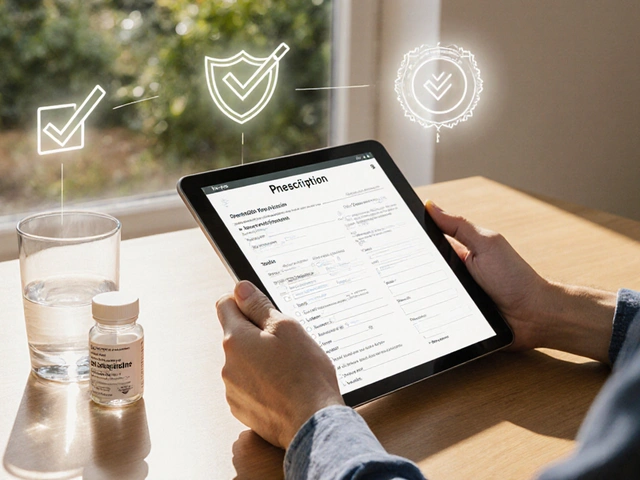Selenium: What It Does, How Much You Need, and Where to Find It
Ever wonder why selenium shows up on nutrition labels and supplement shelves? It’s a trace mineral that plays a big role in keeping your cells happy. From supporting thyroid hormones to protecting against oxidative stress, selenium is a quiet powerhouse you don’t want to miss.
Most people get enough selenium from a balanced diet, but some groups—like vegans, people on low‑iodine diets, or those living in selenium‑poor soils—might need a little extra. Below we break down the key benefits, the sweet spot for daily intake, and the safest way to add selenium to your routine.
Top Health Benefits of Selenium
First off, selenium is essential for making selenoproteins, which are like tiny machines that help your body manage inflammation and detoxify harmful molecules. These proteins include glutathione peroxidase, a major antioxidant that protects cells from damage caused by free radicals.
Another big win is thyroid health. Selenium helps convert the inactive hormone T4 into the active form T3, keeping metabolism on track. Low selenium levels have been linked to hypothyroidism, so getting enough can support steady energy levels.
There’s also evidence that selenium may boost immune function. Some studies show that adequate selenium improves the body’s response to infections and may even lower the risk of certain cancers, though you’ll need more research for a definitive answer.
How Much Selenium Do You Need?
The Recommended Dietary Allowance (RDA) for adults is 55 micrograms (µg) per day. Most health agencies set the upper limit at 400 µg to avoid toxicity. Going over that can cause symptoms like hair loss, fatigue, and a garlic‑like odor on breath.
For pregnant or breastfeeding women, the RDA rises to 60‑70 µg, reflecting the mineral’s role in baby development. Kids need less—about 20‑40 µg depending on age—but it’s still important to keep them within safe limits.
If you’re considering a supplement, start low. A 100 µg tablet once a day is a common dosage that stays well under the safety cap while still delivering noticeable benefits for most people.
Best Food Sources of Selenium
Getting selenium from food is usually the easiest and safest route. Here are some top picks:
- Brazil nuts: Just one or two nuts can hit the daily requirement, but watch the portion size to avoid excess.
- Seafood: Tuna, sardines, shrimp, and crab are rich in selenium.
- Meat and poultry: Beef, turkey, and chicken provide a solid amount.
- Eggs: A convenient source for breakfast.
- Whole grains and legumes: Brown rice, oats, and lentils contain modest levels.
Remember that soil content affects selenium levels in plant foods, so the same food can vary by region. If you live in an area with low soil selenium, focus more on animal‑based options or a low‑dose supplement.
Safety First: Avoiding Selenium Overdose
Too much selenium isn’t just a myth—selenosis is real. Early signs include nausea, skin rashes, and brittle nails. Chronic high intake can lead to more serious nerve damage.
To stay safe, track all sources. If you eat several Brazil nuts daily and also take a supplement, you could easily cross the upper limit. Check product labels for total µg per serving, and keep a simple log for a week if you’re unsure.
People with certain conditions, like autoimmune thyroid disease, should talk to a healthcare provider before starting supplements. The same goes for anyone on medications that interact with selenium, such as certain chemotherapy agents.
In short, selenium is a small mineral with big benefits when used correctly. Aim for 55 µg a day, get most of it from a varied diet, and only supplement if you have a clear need. Your thyroid, immune system, and overall cell health will thank you.

Selenium for Graves’ Disease: Evidence, Dosage, Safety, and Who Benefits
Does selenium help in Graves’ disease? Clear, evidence-based guidance on when it helps (especially eye symptoms), safe doses, forms, risks, and practical steps.
Aug 22 2025




